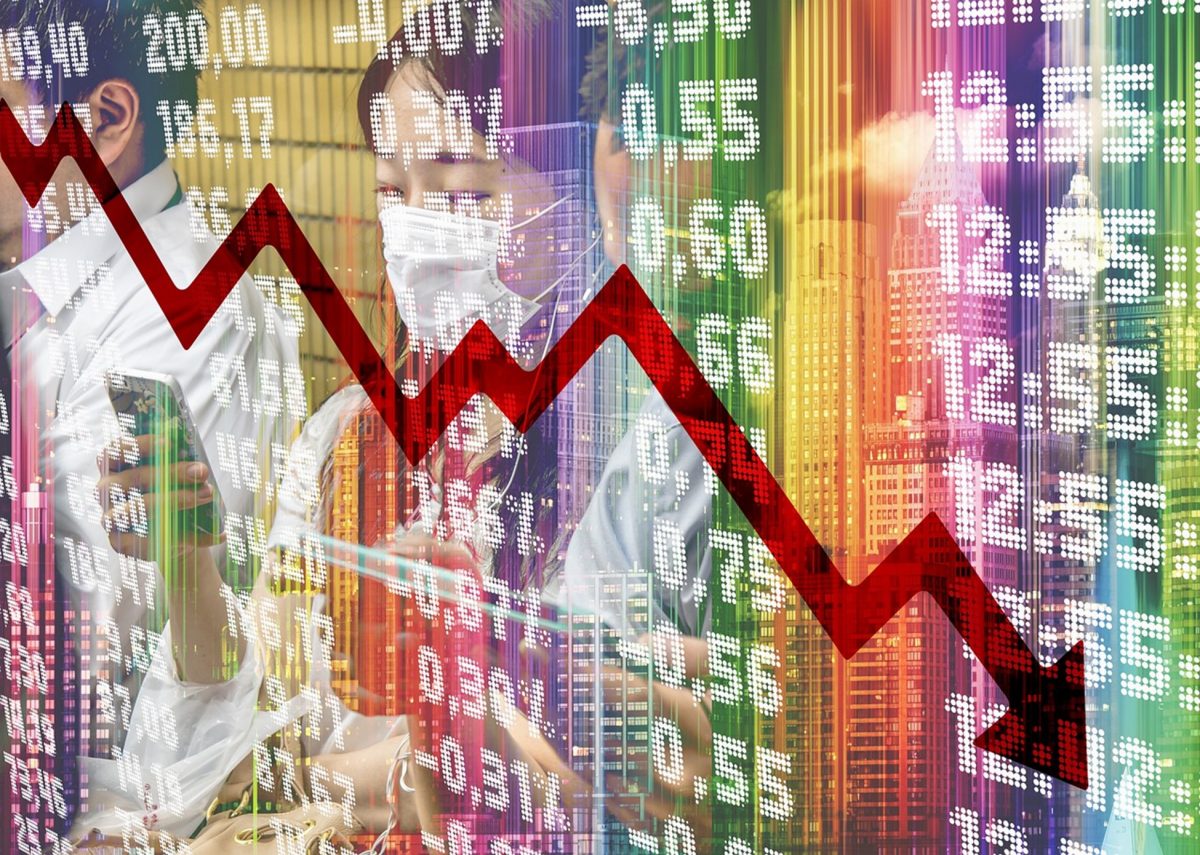It is relatively easy to make up numbers to corroborate a tall story one wants to portray as real. Everyone has heard the fish tale where a dad caught a 30-pound brown trout on opening day of fishing season… that is the true story as told to others. Today China is attempting to convince the world that its economic expansion looks like that 30-pound trout. Could it be true? Seumas Petrie, after all, did catch the world’s heaviest brown trout in New Zealand in 2020, and it did weigh in officially at 44 pounds. The trick to creating a believable economic narrative is to make it close enough to reality to be believed possible. China recently tried and failed in its latest claims that the country’s economy grew 5.2% last year. It was a whopper of imagination on the part of the government in Beijing.
The lifting of pandemic restrictions did help bolster China’s Covid-era economy, increased domestic flights, and helped the revenue growth of consumer-focused companies expand, according to data outside of China’s National Bureau of Statistic, says Tom Hancock of Bloomberg. China also experienced a sharp drop in real estate construction, failing exports, and financially-strained local governments suffered. Rhodium Group, a leading independent economic data analytics firm, says the real economic growth number for China in 2023 is closer to 1.5%.
It will take time and good policy to fully recover. “China may see a cyclical recovery to perhaps 3.0-3.5% growth in 2024 as property bottoms out, although structural slowdown will naturally remain the dominant story for years to come,” according to Daniel Rosen, Logan Wright, Charlie Vest, and Ragan Quinn of Rhodium. Who’s correct? An analysis of the property sector in China indicates it is far from bottoming out in 2024. The OECD, World Bank and IMF predicted in 2022 China would meet its target. Rodium was more accurate when it argued that Chinese growth for 2023 would remain below 3%.
Analysts studying the Chinese economy point out that if China’s 2023 growth numbers were correct, consumers would need to have spent as “heroic levels.” That didn’t occur by mid-2023. Government spending remained mired in local debt burdens, there was anemic income growth with high unemployment, and declining household debt-to-income ratios. Construction slowed to levels that made high household spending impossible. The shrinking property sector and defaults among private developers, according to Rodium analysts, left local government without the needed revenue stream to meet obligations. China’s trade surplus shrank.
“By October, officials were alarmed enough to authorize one trillion yuan in special treasury bonds to boost local government investment, though most of that would not land until 2024,” says a Rodium analyst. During the turmoil China’s official statistics barely moved away from its predicted target numbers. Instead, officials “tweaked” data to reinforce a whopper of a fish tale until the economic numbers looked like what China wanted to present to the world. Now the world is asked by Beijing to believe predictions for 2024 when there is significant evidence of a manipulated 2023 baseline. The contraction of the property sector alone highlights some of the major problems Beijing is facing going into 2024. In the past it accounted for up to 25% of all economic activity in China. If reporting from China’s National Bureau of Statistics can be relied upon, then year-over-year from 2022 the country experienced a drop equivalent to 1.6% of China’s GDP. It may have been worse. To reverse that negative number other sectors of the domestic economy would have to have experienced tall, fish tale-sized growth. That didn’t occur as even officially, China’s private sector growth was negative.
“China saw net disinvestment in the foreign direct investment channel in the third quarter of 2023 for the first time on record (since the 1990s), reflecting firms moving more capital out of China than bringing new money in,” according to a Rodium report. For the first time in four years, net exports declined while net imports increased, further challenging the accuracy of China’s official numbers.
The official narrative remains, despite evidence to the contrary. What we can determine about China’s fish tale level of growth is that the country experienced a structural slowdown in 2023 that led to weaker than expected growth and it will take years to fully recover. In 2024 China faces trade policy activism in the West with potential countervailing duties intended to neutralize Chinese EV exports as well as European investigations into its alleged dumping of biofuels onto the EU market. Western analysts say these factors and a myriad of others support predictions for Chinese economic growth in the range of 3.0% to 3.5%. The bright spot may be that if Xi Jinping and the CCP continue to face a slowing economy, it may force the leadership to abandon extreme ideological control over the marketplace and consider embracing economic reform and a reopening to the West.
Daria Novak served in the U.S. State Dept.
Illustration: Pixabay
